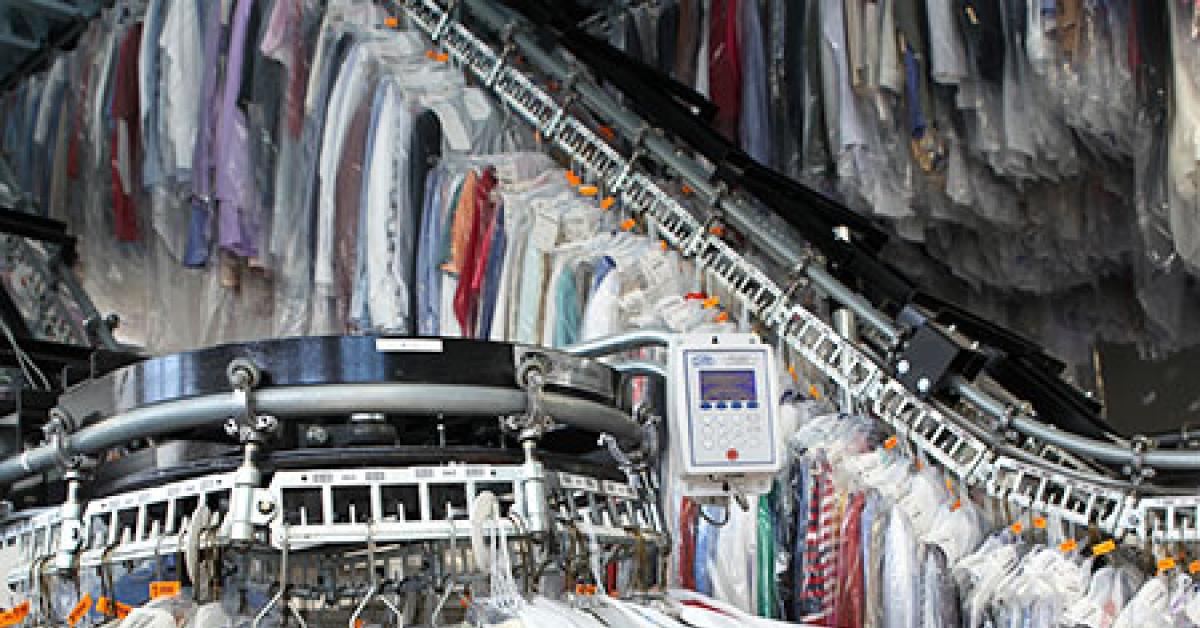SAN FRANCISCO — Automation is a continued topic of discussion in the industry with broadly varying opinions about the benefits and challenges of implementation.
The appropriateness for automation in your plant is dependent on many factors:
Number of employees
Efficiency of current staff
Availability of dependable workforce
Number of pieces processed
Required turnaround time
Facility configuration
Availability of funds (cash, loan or lease)
Propensity for technology
Availability of support
Effectiveness of management
APPROPRIATENESS FOR YOUR PLAN
Before making a decision to automate or not, take a candid look at your current operation to determine if the investment is warranted.
Number of Employees
The savings from automation are easier to capture with more staff. If there are two to four production employees, they are likely cross-trained and spend a small portion of each day in mark-in and/or assembly. If you will not save at least one employee with automation, the return on investment (ROI) for fully automated assembly is likely not to be enough to warrant the shift.
However, even in small plants there are savings to be captured with bar-coding and assisted assembly.
Efficiency of Your Current Staff
If your staff is performing under benchmark on pieces per operator hour and other steps have not improved the efficiency, then automation may be desirable to reduce labor cost.
Availability of Dependable Workforce
Do you have a ready supply of efficient employees? If not, automating processes may be necessary for dependable timely processing. Machines don’t have personal reasons for not coming to work.
Break-Even Point
If the return on your investment is two years or less, then the investment in automation is likely justified.
Number of Pieces Processed
Are you processing 800 pieces per day or more? If so, the ROI investment calculation is a logical step to determine your break-even point.
Required Turnaround Time
Do you have high demand for same-day service or for hotel guest service? Automation will assist you in meeting the deadlines.
Facility Configuration
Is there a clear path of progress through your plant or is equipment placed wherever there is a nook that can be filled? Automated assembly or assisted assembly will free up assembly space, but it does need allocated space for maximum efficiency.
Availability of Funds
Regardless of the efficiency to be gained, for either full or partial automation, funds—whether available cash, loan or lease funds—must be available for a certain amount of conversion investment. Assisted assembly will require a minimum amount of heat-seal equipment, a supply of bar codes, staff training, assembly rail, and POS integration. This is modest compared to full automation, which requires a significant outlay.
Propensity for Technology
There is always an adjustment period for any new process. The integration of equipment and POS requires some understanding of both. This will be more seamless if you are inclined toward technology.
Availability of Support
For a seamless conversion, someone in the company (or readily available to it) needs to be involved.
Effectiveness of Management
Constant disciplined management can achieve high productivity without automation, but consistently efficient management is relatively rare in the cleaning industry. Automation can assist in efficiency management.
Once you have weighed the factors described, you can more easily determine if automation is an appropriate investment for you.
Have a question or comment? E-mail our editor Dave Davis at [email protected].

